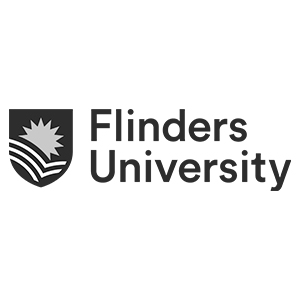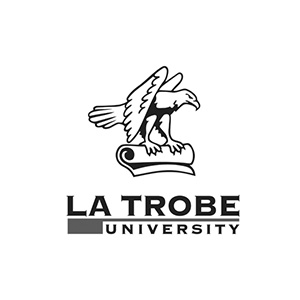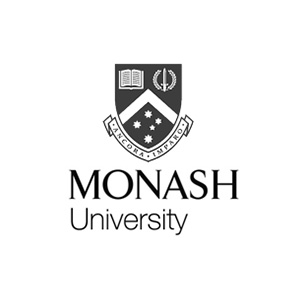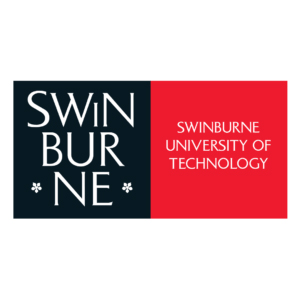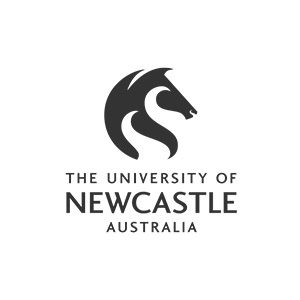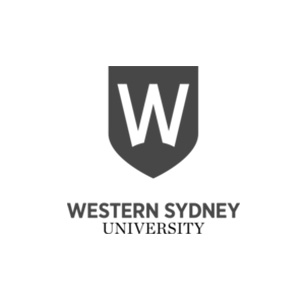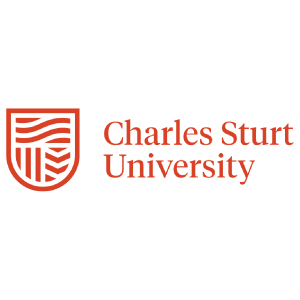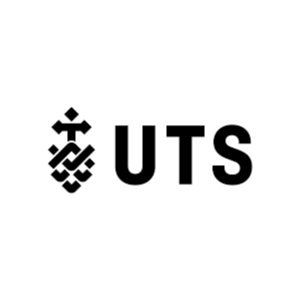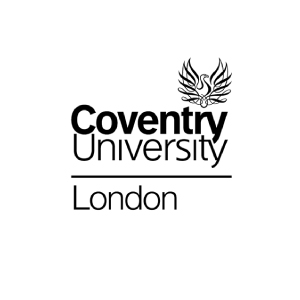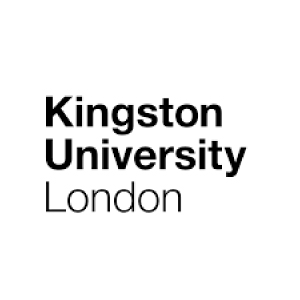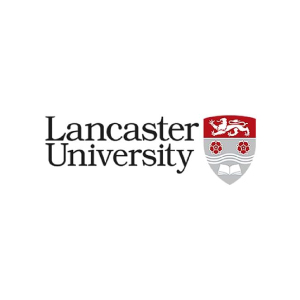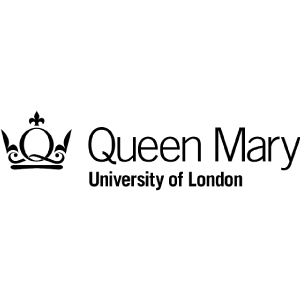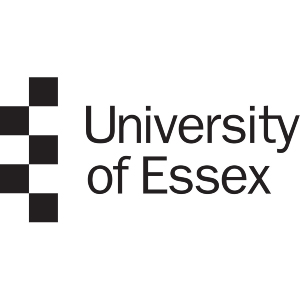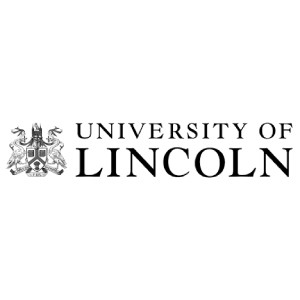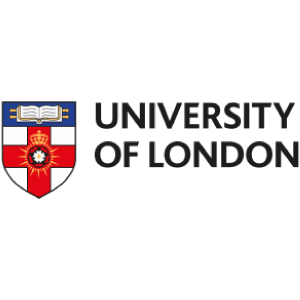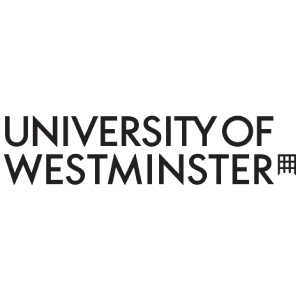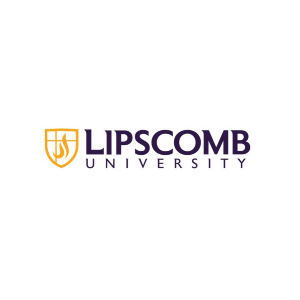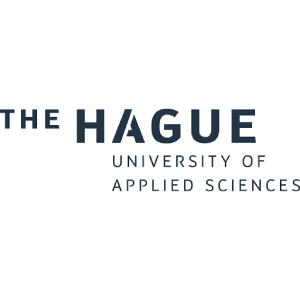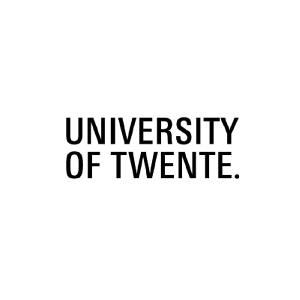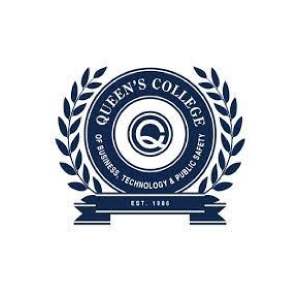STEM: Science, Technology, Engineering, and Mathematics
 06:13:14
06:13:14
 Thursday October 14
Thursday October 14
What do Students Need to Know in Their Course Selection Process?
By Marie Dascoli
WHAT IS STEM?
In recent times, both in Australia and in regions across the world, the uprise of STEM as an educational approach has skyrocketed. STEM is the acronym used to bring together the wide-ranging disciplines of Science, Engineering, and Mathematics.
The foundations of STEM rely on an integrated approach that utilizes skills and knowledge from each discipline area to solve real-life issues which are commonplace in the world of the 21st century. The idea is that, together, these disciplines can tackle the big issues found within societies, communities, and across the globe in a collaborative way.
WHY IS STEM RECOMMENDED?
In a 2020 article by the Pew Research Center, they state that ‘STEM workers enjoy higher median earnings than those in order, non-STEM occupations.’ As STEM jobs are becoming more highly sought after, with those who hold skills and qualifications in the fields of Science, Technology, Engineering, and Mathematics becoming invaluable employees, the need for STEM educative practices is imperative. Students who engage with and complete STEM qualifications are more likely to obtain secure positions and earn at a higher capacity, giving both students and their parents the peace of mind that they will have good job security in an everchanging job market.
Furthermore, the National Center for Education Statistic reported on their website that, ‘Young adults with bachelor’s or higher degrees in the fields of Science, Technology, Engineering, and Mathematics (STEM) tend to have more positive economic outcomes, such as higher median earnings, than do those with degrees in non-STEM fields.’
Students who engage with STEM-based approaches to education develop skills that are designed for the jobs of the future. As seen over the years, as the needs and demands of a society change, so does the availability and existence of jobs. Given the gigantic advances in the varying fields of technology, the jobs of the future will require what STEM has to offer to its students. Implementing STEM into education has been seen throughout global contexts and its execution within Australian educational contexts is certainly on the rise.
WHERE IS STEM USED?
Although STEM is used throughout many global contexts, there are countries that are certainly leading the way in producing graduates who hold a degree in a STEM subject. In particular, China sees the highest number of STEM graduates, with a reported average of 4.7 million per year (ScooNews, 2020).
In the ScooNews article, they report data from UNESCO which shows, ‘Other countries with a huge number of STEM graduates were Germany, Singapore, Malaysia, Algeria, Iran, Myanmar and Belarus, all producing more than 30% STEM graduates. Whereas to compare STEM graduates, only 26% were from the UK, 25% from France, 23% in Spain and 18% in the U.S. and Brazil, respectively.’ For Australia, the rates of STEM graduates are considerably less than the aforementioned ‘lower’ performers.
An Online Study Australia article stated that in 2018, ‘25% of Australian university students, or 347,000 people, are studying for a STEM degree.
The largest fields are Natural and Physical Sciences (8.4% of all enrolments), Engineering (7.9%), and Information Technology (4.7%).’

FUTURE CAREERS OF STEM AND JOBS THAT WILL FADE
With the massive engagement of digital technologies over the last century, we have seen a range of jobs becoming less common, extinct, or replaced entirely. As technology continues to advance, jobs that are commonplace now will continue to decline and be replaced by artificial intelligence. In your search for the most suitable course, it is imperative that you consider which jobs will be displaced by artificial intelligence and other digital technologies in the future.
An article on the Saviom website written by Dipayan Deshmukh (2021) states that jobs that are likely to be replaced in the future include customer service officers, receptionists and data entry officers, proof-readers, manufacturers and pharmaceutical workers, retail assistants, couriers, and even in some instances, doctors and soldiers. Of course, elements of these sorts of jobs will be replaced gradually and over an extended period of time, but it is necessary to consider where job security will lie in the not-too-distant future.

AUSTRALIAN GOVERNMENT STEM WORKFORCE REPORT 2020
In Australia, in 2020, the Australian Government published Australia’s STEM Workforce report which stated, ‘Australians who have studied science, technology, engineering and mathematics (STEM) are helping to solve the problems of the future—meeting electricity demand and generation needs, adapting to the changing climate, integrating AI into society and optimizing healthcare for aging populations.’
The ultimate aim of the report sets out to illustrate the current climate of STEM course participation and strongly recommends more robust encouragement of students to take up STEM courses in Australia, with a particular focus on the participation of women and Aboriginal and Torres Strait Islanders.
STEM COURSES AVAILABLE IN AUSTRALIA
There is a huge range of STEM courses to choose from within Australian universities and colleges. It can be difficult to sift through them all to choose the best one for you. Both students and their families may feel overwhelmed by the wide range of STEM-related courses that are available.
Below is a list of courses available at varying institutions sourced from Online Study Australia (2021).
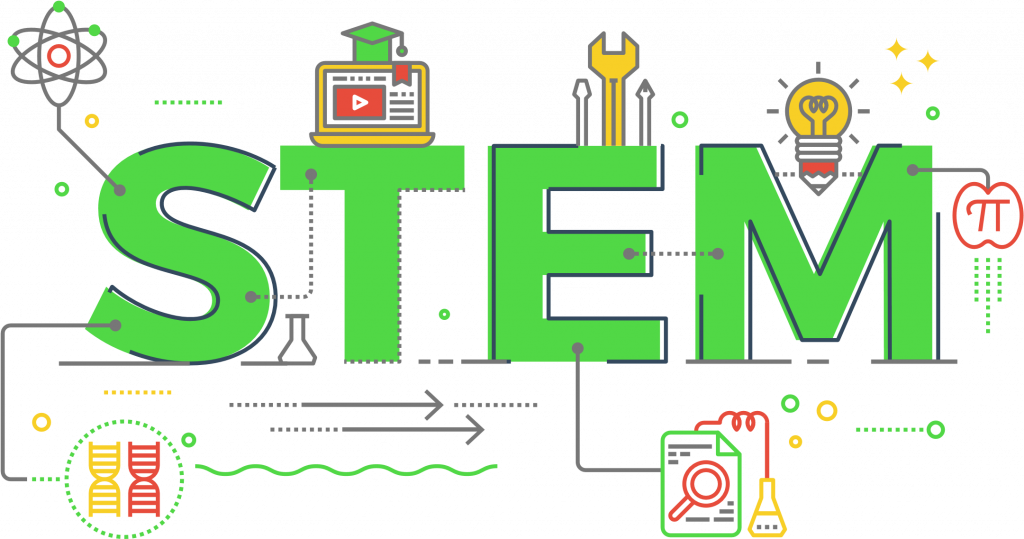
Science
Bachelor of Science
Bachelor of Nutrition
Bachelor of Psychology
Bachelor of Animal Science
Bachelor of Environmental Science
Bachelor of Science (Environmental Science)
Master of Environmental Management
Master of Environmental Science and Management
Master of GIS and Remote Sensing
Technology
Bachelor of Cyber Security
Graduate Certificate in Cyber Security
Graduate Certificate in Data and Cyber Management
Master of Cyber Security
MBA (Data and Cyber Management)
Engineering
Bachelor of Engineering (Honours)
Bachelor of Engineering Science
Bachelor of Engineering Technology Master of Advanced Engineering
Master of Engineering Practice
Master of Engineering Science
Mathematics
Bachelor of Data Science
Bachelor of Computer Science (Data Science)
Bachelor of Information Technology and Data Analytics
Master of Data Analytics
Graduate Certificate in Analytics
Master of Analytics
Master of Data Science
Graduate Certificate in Data Science
Graduate Certificate in Data Science (Applied)
Graduate Certificate of Data Science
Graduate Diploma of Data Science
Master of Data Science
Master of Data Science (Applied)
Master of Data Science Strategy and Leadership
This is where the education consultants at Edugate can assist you. Use the Edugate search engine to locate courses available to international students in Australia. Check our promotional courses or ask our education consultants about available scholarships. We provide assistance with student visas and personalized consultations. We are an official representative for 168+ Australian universities. We connect you with financial assistance to commence your life in Australia. We assist with sourcing scholarships suitable for student visas in Australia.
References
Australian Government: Australia’s Chief Scientist. (2020). Australia’s STEM Workforce report released. Retrieved from https://www.chiefscientist.gov.au/news-and-media/australias-stem-workforce-report-released
Australian Government: Department of Industry, Science, Energy & Resources. (n.d.). STEM Equity Monitor: University graduate outcomes for STEM and other fields. Retrieved from https://www.industry.gov.au/data-and-publications/stem-equity-monitor/university-graduate-outcomes-for-stem-and-other-fields
Deshmukh, D. (2021). 12 jobs that robots (AI) will replace in the future, and 12 that won’t. Retrieved from https://www.saviom.com/blog/12-jobs-that-robots-ai-will-replace-in-the-future-and-12-that-wont/
National Center for Education Statistics. (2019). Science, Technology, Engineering, and Mathematics (STEM) education, by gender. Retrieved from https://nces.ed.gov/fastfacts/display.asp?id=899
Online Study Australia. (2021). STEM Degrees List for Australia. Retrieved from https://onlinestudyaustralia.com/courses/stem-degrees-list/
Pew Research Center. (2021). 6 facts about America’s STEM workforce and those training for it. Retrieved from https://www.pewresearch.org/fact-tank/2021/04/14/6-facts-about-americas-stem-workforce-and-those-training-for-it/
Statista. (2017). The Countries With The Most STEM Graduates. Retrieved from https://www.statista.com/chart/7913/the-countries-with-the-most-stem-graduates/
ScooNews. (2020). UNESCO Reveals Countries Producing The Highest Number of STEM Graduates. Retrieved from https://www.scoonews.com/news/unesco-reveals-countries-producing-the-highest-no-of-stem-graduates-10394
Your story is
Our story
It’s time to write your success story
Join the success of over 5,000 students who enrolled with our educational partners and start writing your own success story.
Start Your ApplicationOfficial Representative For 168+ Australian and International Universities & Institutes

Contact Us
Enter your details, and we'll call you back when it suits you.
Our team is friendly, helpful and always ready to help.










